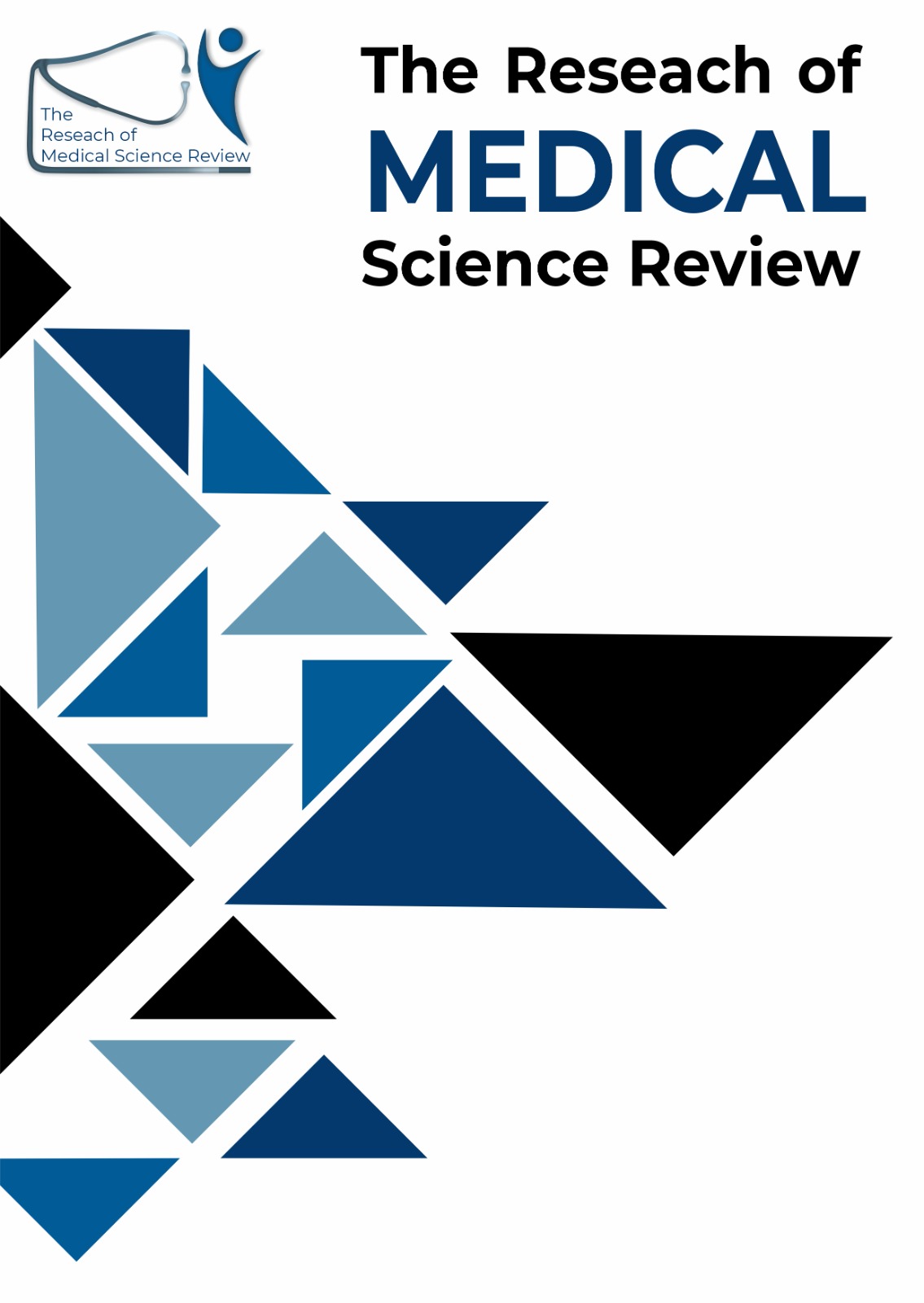A SYSTEMATIC REVIEW ON CURRENT TRENDS OF SOCIOECONOMIC DISPARITIES AND HELICOBACTER PYLORI ASSOCIATED RISK FACTORS
Main Article Content
Abstract
Helicobacter pylori infection remains one of the most pervasive global health challenges, with its transmission and pathogenesis profoundly influenced by socioeconomic disparities. This systematic review delves into the intricate relationship between socioeconomic factors—such as overcrowding, poor sanitation, limited healthcare access, and lifestyle behaviors—and the prevalence of H. pylori infections. In communities where these factors are prevalent, H. pylori thrive, disproportionately affecting vulnerable populations, exacerbating health inequities, and contributing to severe outcomes such as peptic ulcers and gastric cancer. The review underscores how overcrowded living conditions and inadequate sanitation create fertile ground for the rapid spread of H. pylori. At the same time, poor healthcare access delays timely diagnosis and treatment, perpetuating the cycle of infection. Furthermore, the review highlights the powerful influence of socioeconomic status on lifestyle behaviors, amplifying infection risks. Addressing these multifaceted socioeconomic determinants is essential to curbing the globalburden of H. pylori. Targeted public health interventions—from improved sanitation and healthcare infrastructure to comprehensive public education and lifestyle modification programs—are crucial in mitigating the disease’s impact. This review calls for a holistic, urgent response to address the socioeconomic factors driving H. pylori transmission, offering a pathway toward reducing the health inequities associated with this insidious infection.
Downloads
Article Details
Section

This work is licensed under a Creative Commons Attribution-NonCommercial-NoDerivatives 4.0 International License.
